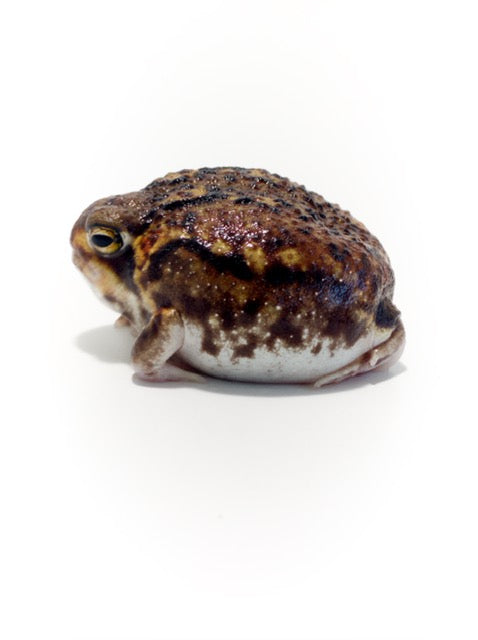The Most Effective Reptile Enclosures: How to Create the Suitable Habitat
Producing the best environment for reptiles is not nearly positioning them in a container or enclosure; it involves a thoughtful consideration of various elements that add to their overall wellness. From the size of the room to the type of substrate used, every component plays an essential duty in providing an environment where your reptile can prosper. By recognizing the details demands of your reptile varieties and applying the appropriate environment configuration, you can guarantee their health and wellness and happiness in captivity.
Choosing the Right Unit Dimension
When picking a room size for reptiles, it is crucial to consider their natural behaviors and space needs to guarantee their wellness and health. When it comes to habitat space, various reptile types have varying demands. Arboreal types like chameleons or tree snakes require upright space for perching and climbing up, while earthbound species such as bearded dragons or leopard geckos require more floor area for exploring and thermoregulation. Marine turtles like red-eared sliders require enclosures with both water and land locations for swimming and basking.
A general guideline of thumb is to supply enough space for the reptile to show all-natural behaviors, such as basking, hiding, climbing, and foraging. By very carefully taking into consideration the specific needs of the reptile types in concern, proprietors can develop an ideal and improving environment that advertises overall well-being and encourages natural behaviors.
Establishing Proper Heating Aspects
To guarantee the wellness and health and wellness of reptiles in their rooms, it is necessary to meticulously establish correct home heating components. Reptiles are ectothermic animals, suggesting they rely upon outside warm sources to control their body temperature. When setting up burner in a reptile unit, it is vital to consider the specific temperature level needs of the varieties you are taking care of. Different reptiles have varying temperature requires based upon their natural habitat, so it is essential to study and understand these requirements.
One efficient and common home heating aspect for reptile enclosures is a warm lamp or ceramic warmth emitter. These heat resources can be utilized to develop a temperature level gradient within the room, allowing reptiles to relocate between warmer and cooler locations as required. Furthermore, under-tank hot pad or warm floor coverings can be utilized to provide stomach heat, which is especially advantageous for reptiles that call for extra heat to aid in digestion.
Monitoring the temperature within the unit using a thermometer is necessary to guarantee that the burner are maintaining the suitable temperature level array for your reptile. Routinely inspect and readjust the burner as needed to create a comfortable and healthy and balanced environment for your scaly pal.
Picking Appropriate Lights Fixtures

Giving the Ideal Substratum
Selecting the appropriate substratum is important for developing a comfy and suitable environment for reptiles in their units. Some reptiles, such as desert-dwelling species like bearded dragons, prosper on substratums like calcium sand or reptile rug, while others, like ball pythons, like coconut husk or aspen bed linen to maintain moisture degrees.
Furthermore, the dimension of the reptile must likewise influence your selection of substrate, as hatchlings may call for a better material to avoid intake. additional hints Avoid substratums that can create impaction, such as loosened substratums like sand or gravel, specifically for reptiles understood to ingest their bedding. Regularly cleansing and replacing the substrate is essential to make certain a tidy and hygienic setting for your reptile. By picking the optimal substrate, you can contribute to the total wellness and health of your scaly friend.
Designing for Enrichment and Comfort
Thinking about the substrate's role in offering a foundation for all-natural actions and preserving an appropriate atmosphere, enhancing the reptile enclosure with correct decors is vital for both enrichment and convenience. When embellishing the enclosure, it is essential to take into consideration the reptile's species-specific demands and habits to create a space that advertises physical and mental health. By integrating a range of decorations that resemble the reptile's all-natural habitat, proprietors can ensure their pet's convenience and promote their natural reactions, eventually leading to a better and much healthier reptile.
Conclusion

Producing the excellent environment for reptiles is not simply about putting them in a container or enclosure; it includes a thoughtful factor to consider of numerous factors that contribute to their general health.Picking the appropriate substrate is necessary for developing a appropriate and comfortable environment for reptiles in their units. Some reptiles, such as desert-dwelling types like bearded dragons, thrive on substratums like calcium sand or reptile rug, while others, like sphere pythons, like coconut husk or aspen bedding to preserve moisture degrees.
By integrating a selection of decorations that imitate the reptile's natural habitat, owners can ensure their animal's comfort and promote their natural impulses, eventually leading to a better and healthier reptile.
In final thought, producing the suitable environment for reptiles includes choosing the proper room size, heating elements, lighting fixtures, substratum, and decors.